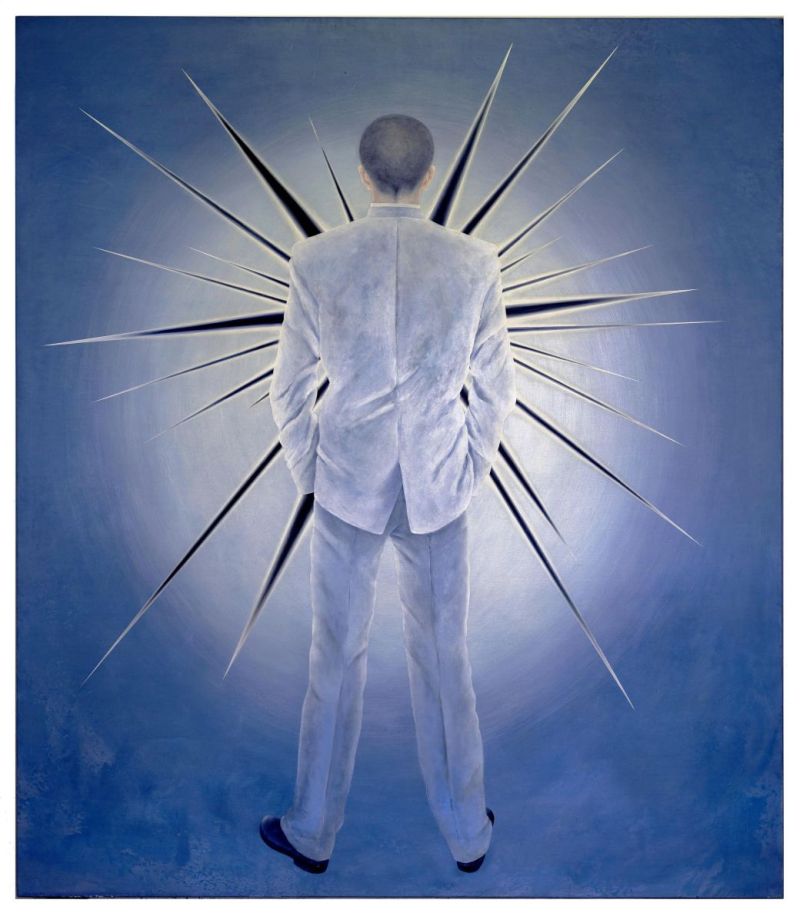SPINNING (NARRATIVE) THREADS IN THE SHADOWS, or the fine line between the personal and... the personal. The work of Ewa Finn
Mediathek Sorted
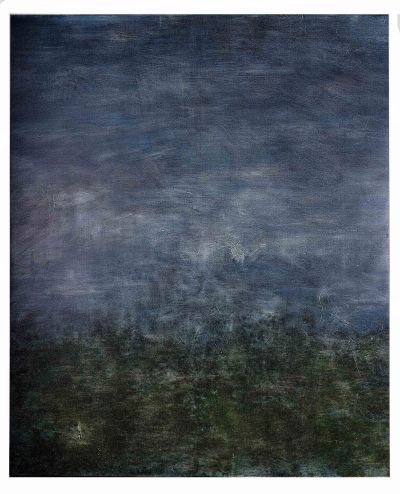
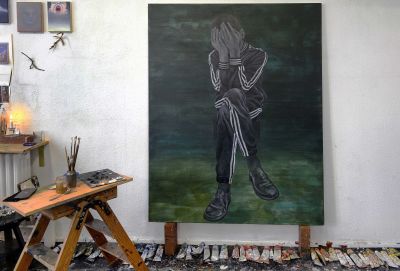
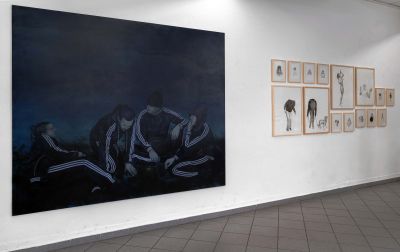


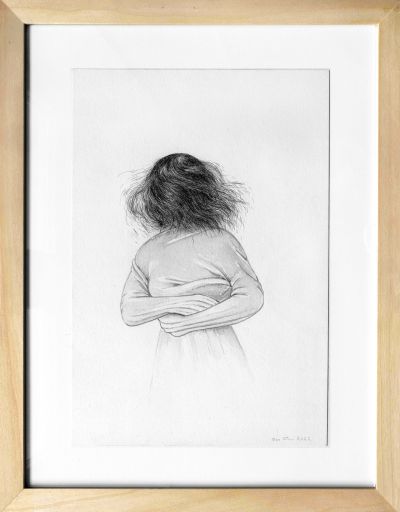

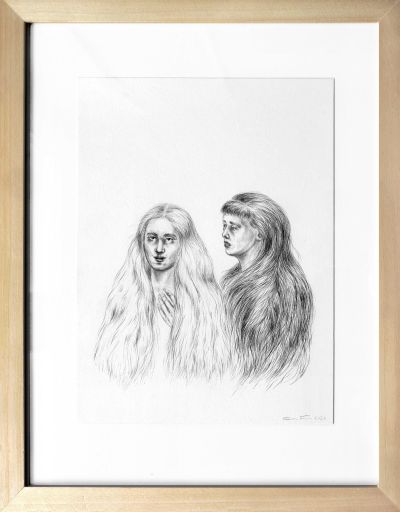


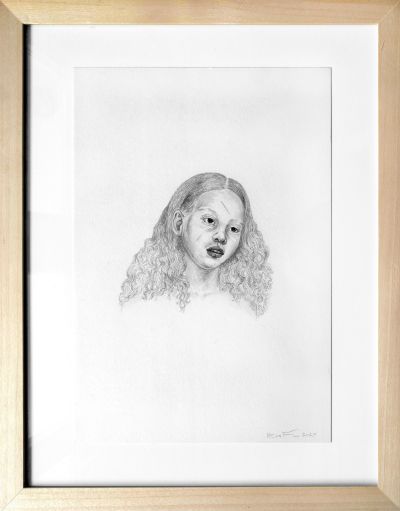
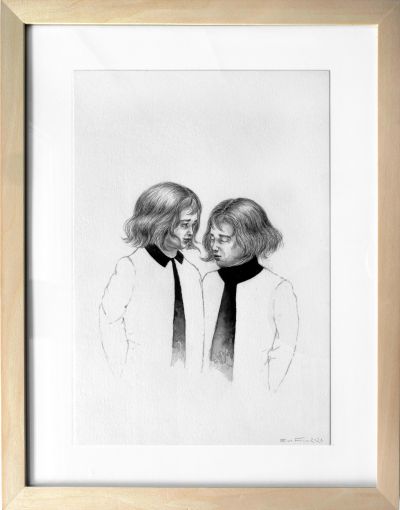

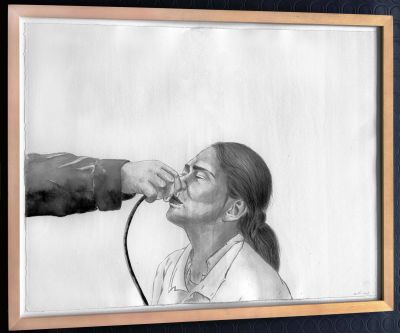

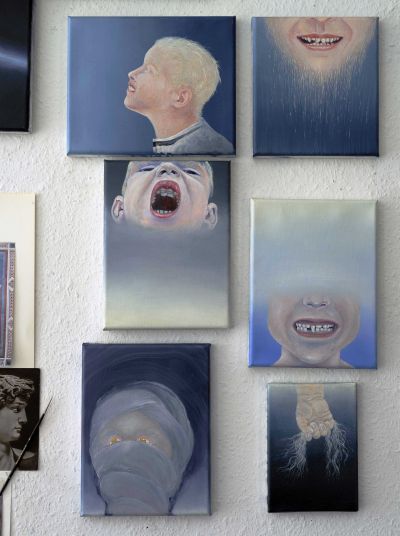
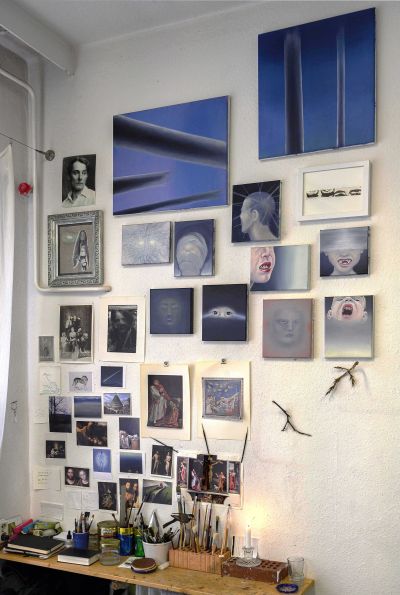
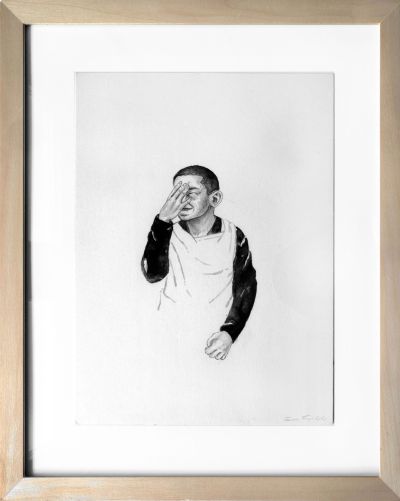

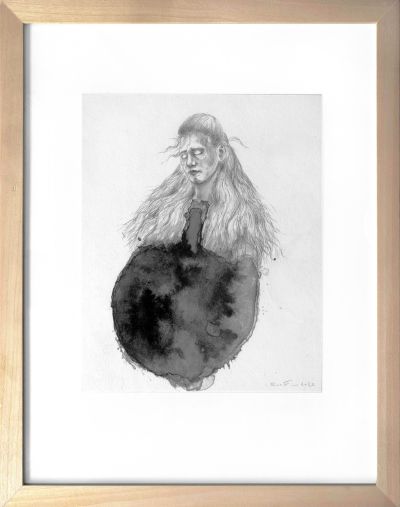





















Yes, that’s how it was; life was not allowed to be easy, you had to feel it, it was a good burden. (...) It is not that which is strong within us that makes us who we are, but rather the anomaly, the weak, that which we disown.
Olga Tokarczuk (Empuzjon)
You have to go the way your blood beats. If you don’t live the only life you have, you won’t live some other life, you won’t live any life at all.
James Baldwin
For many years, painting was looked down upon in contemporary art circles. Young artists felt that painting was too banal, a form of expression too closely associated with the earlier function of art. Now, however, painting is enjoying a big comeback. Over the centuries, it has proven its worth as the fundamental form of artistic expression (and is likely to remain so). After all, the current trend towards realism is a very tradition-oriented homage to the art of the past. The illusion of artistic freedom often remains simply that: an illusion. Artists reach for all means possible to realise their full potential. It has always been this way and it won’t change in the future. Vociferous collectives, manifestos and scandals are undoubtedly helpful when it comes to finding supporters or even sponsors, but the sinister present with its extreme visual overstimulation is gradually turning its back on such phenomena – and is instead embracing a greater sense calm, equanimity and moderation. Let us now consider the work of Ewa Finn in this context, in order to examine when contemporary painting takes on real meaning as a medium and to what extent the individuality of artists is reconcilable with the external world.
Mieczysław Porębski once famously said that you can share your home with a picture, but you have to live with an artist. After I decided, therefore, to allow a picture to move in with me, I began to pay careful attention to my potential cohabitant. However, I was not fooled by the gentle nature of the first impression. My instinct told me that this wouldn’t be so easy, that there is much more to be discovered, that Ewa’s pictures contain a particular quality that is almost impossible to grasp and which is certainly not fleeting. The world that she creates is and remains secretive to a certain degree, even though the symbols she uses are not that far removed from reality. In her works, the artist expresses what is important in today’s world and to her personally. For her, experiences that she has had in real life play an essential role and are the foundations on which her here and now are based. Yet of equal, if not greater, importance is her highly intimate there and then ...
The great Alfred Hitchcock liked to baffle his film students by telling them that it was necessary to start with an earthquake and then to allow the tension to increase very slowly. Ewa Finn’s paintings cause emotional associations to arise, and yet each and every (attentive!) observer is confused by the ominous calm that they exude. When one takes a closer look at the inner life of the paintings, however, it becomes evident that the calm is just an illusion. Might it be that the artist’s need to define herself in relation to the past is expressed in this vision – a vision in which problems are never viewed as black-and-white contrasts, even though we are well aware that it is precisely from such contrasts that dangerous tensions arise?
Buddhism teaches us that a positive balance between our thoughts and actions enables us to be reborn (at some time in the future) in one of the 26 heavens. The Great Aeon comes to an end, in order to be able to begin again. All that is needed is the necessary strength to do so. It also teaches us that we can preserve our memories of a previous life, and when these memories spark up – under ideal conditions – art is created. Then, however, there is an unavoidable dissonance between belonging and freedom... Well, freedom isn’t something to be given as a gift. We have to take it for ourselves. Fortunately, the artist has already put the painful search for identity in freedom behind her. We cannot retrieve the past, but that is not always necessary; art enables us to prove that it existed.
After an intensely expressive phase with strong colours and textures, the narrative in the contemporary painting of Ewa Finn shifts towards a silent dialogue between the past and the present. She mainly finds inspiration in all kinds of unusual, bizarre, absurd, even disgusting situations. She bows down to them – yet at the same time, she rejects the idea that only the dark side of power can have a tangible impact on human life. Or is it perhaps precisely the opposite? Certainly, our sensual world never allows itself to be easily categorised. The recollections of events experienced and the play with our self-image are accompanied by a deep silence. This raises the question as to whether this silent dialogue is rather a discovery or a concealment of one’s own presence in a fretful world in which it is easier to hurt others than to support them. Or is it after all an attempted escape from the burden of one’s own experiences? The search for a safe harbour? Symmetry or expansion? Without shying away from attempting to answer prosaic questions, the artist turns to the familiar, realistic form and, like a chronologist, meticulously registers everything that has been experienced that has moved and touched her. Often, it is banal everyday situations, which nevertheless contain a certain paradox.





















































































